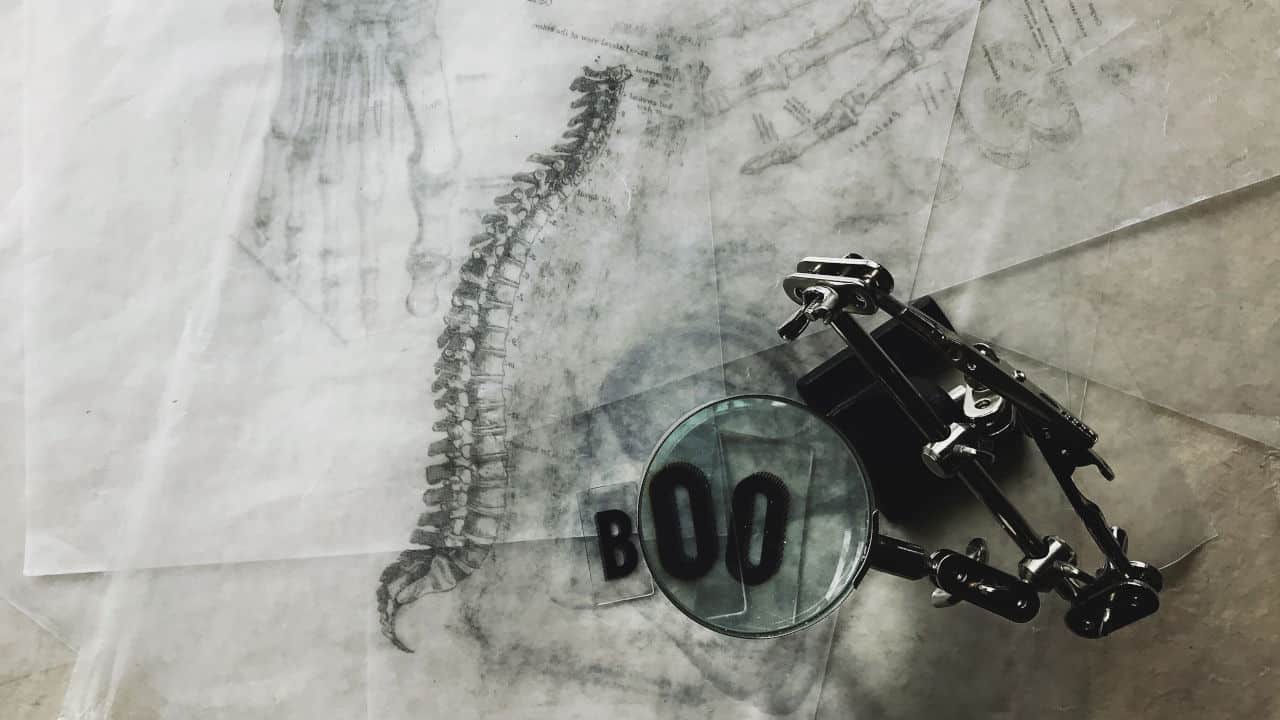The thoracic spine is the longest section of the spinal column. It is located between the cervical and lumbar vertebral segments and separated by intervertebral discs. It stretches from the base of the neck, roughly at shoulder level, to the beginning of the lower back and is attached to the rib cage.
Just like every other segment of the spinal column, it is numbered T1 to T12, and each vertebra is separated by intervertebral discs, which act as cushions between the bones.
While the thoracic spine is less vulnerable to injury than other parts of the spine, it is the most common site for vertebral fractures.
According to a thoracolumbar spine injury study published in the Academic Emergency Medicine Journal, of the two hundred and sixty patients enrolled in the study, the T12 area of the thoracic spine had 10.4 % wounded patients, while the L1, L2, and L3 parts had a total of 41.9 % injured patients.
Hence, it may become expedient for one to be versed with the anatomy of the thoracic spine as it can help understand possible causes of upper back and mid back pain and any other injury and disorder.
Common Types of Thoracic Spine Disorders
The thoracic spine can suffer from a variety of diseases and injuries. It can be a result of a fall, a traumatic accident, medical malpractice, or a result of the use of some drugs. Some of these injuries and diseases are listed and explained in detail below.
- Osteoporosis
Osteoporosis is a condition that affects the bones. It makes the bone fragile by losing vital tissues and increasing the risk of sudden and unexpected fractures.
It can cause fractures to the hip or any part of the spinal column and affect any other bone structure in the body.
In a publication by The National Osteoporosis Foundation, it was stated that about 10 million Americans have osteoporosis, while another 44 million have inadequate bone density, putting them at risk of fracture.
A lifelong intake of calcium has been shown to cause osteoporosis. However, in some cases, they can be caused by the intake of some drugs, otherwise known as drug-induced osteoporosis.
Drug-induced osteoporosis can affect the thoracic spine and cause it to be susceptible to fracture. Certain drugs like glucocorticoids, thiazolidinediones, anticonvulsants, and heparin can cause osteoporosis – with glucocorticoids being referred to as causing osteoporotic fractures most frequently by The American Journal of Medicine.
- Kyphosis
Kyphosis refers to an abnormal curve of the thoracic spine. It can be caused by aging and bone degeneration diseases.
However, it can result from injury or trauma from a sudden fall or a motor vehicle accident. It is referred to as Post-traumatic Kyphosis (PTK) in such a case. This can lead to compression fractures and dislocation and cause the intervertebral discs in the thoracic spine to slip.
- Scoliosis
Scoliosis is a condition in which the spine is curved sideways as opposed to kyphosis, where the spine bends forward.
A car accident can aggravate this condition causing spinal issues if left unattended.
Legal Animation and Thoracic Spine Anatomy
The conditions listed above and any other injury to the thoracic spine can be tried as a case in court, and a party involved can resort to a personal injury complaint or a medical malpractice motion against a defendant.
An example of such a case is Newsham v. Cumberland Reg. High Sch.
The plaintiff who sustained an injury to the T7 vertebra filed a personal injury complaint against the defendant in the above case. The plaintiff was later diagnosed with scoliosis following her accident, which was secondary to the trauma.
Such a case provides an opportunity for an attorney to use legal animation to explain the anatomy of the thoracic spine in court.
Legal animation can explain how the accident happened, leading to the injury. It can show the anatomy of the thoracic spine and illustrate how the accident aggravated into scoliosis over time.
Injuries like thoracic herniated discs, nerve compression, compression fractures, dislocation, and bursts can all be illustrated to the jury using legal animation.
Also, in a case of medical malpractice from thoracic spine surgery, legal animation can as well be employed to illustrate negligence during the surgery, causing harm to the victim.
In addition, osteoporosis can also be illustrated with legal animation. If it’s a case of drug-induced osteoporosis, it can be used to demonstrate how the intake of certain drugs weakens the bone mass over time, causing it to be susceptible to fracture.
Whichever the cause of thoracic spine disorder, legal animation is a more-than-capable tool to illustrate the conditions to any audience to the end that they perfectly understand the anatomy of the thoracic spine.





